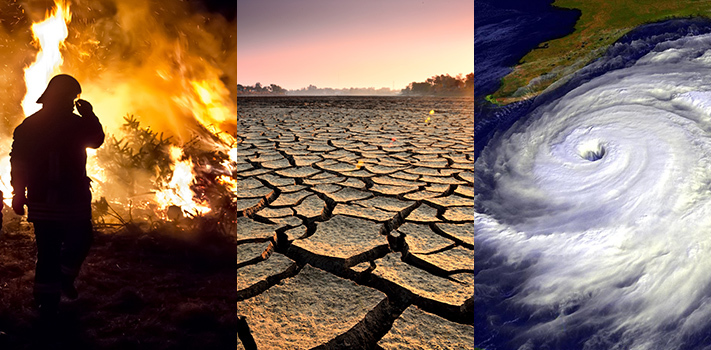Climate Change
Temperature Change in The Past 50 Years
What is Climate Change or Global Warming?
A gradual increase in the overall temperature of the earth’s atmosphere generally attributed to the greenhouse effect caused by increased levels of carbon dioxide, chlorofluorocarbons, and other pollutants. Global warming is the long-term heating of Earth’s climate system observed since the pre-industrial period (between 1850 and 1900) due to human activities, primarily fossil fuel burning, which increases heat-trapping greenhouse gas levels in Earth’s atmosphere. The global average surface temperature rose 0.6 to 0.9 degrees Celsius (1.1 to 1.6° F) between 1906 and 2005, and the rate of temperature increase has nearly doubled in the last 50 years. By the beginning of the 21st century, Earth’s temperature was roughly 0.5 degrees Celsius above the long-term (1951–1980) average.
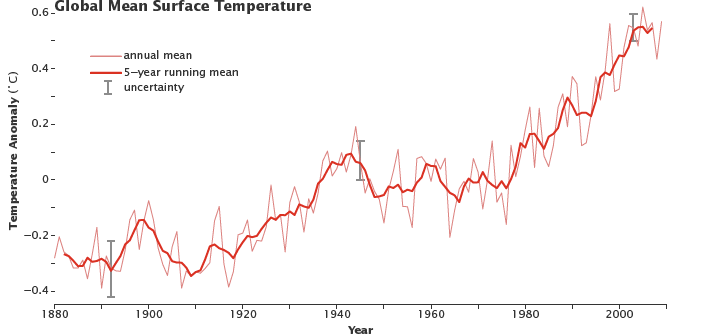
Earth’s natural greenhouse effect
Earth’s temperature begins with the Sun. Roughly 30 percent of incoming sunlight is reflected back into space by bright surfaces like clouds and ice. Of the remaining 70 percent, most is absorbed by the land and ocean, and the rest is absorbed by the atmosphere. The absorbed solar energy heats our planet. As the rocks, the air, and the seas warm, they radiate “heat” energy (thermal infrared radiation). From the surface, this energy travels into the atmosphere where much of it is absorbed by water vapor and long-lived greenhouse gases such as carbon dioxide and methane. When they absorb the energy radiating from Earth’s surface, microscopic water or greenhouse gas molecules turn into tiny heaters— like the bricks in a fireplace, they radiate heat even after the fire goes out. They radiate in all directions. The energy that radiates back toward Earth heats both the lower atmosphere and the surface, enhancing the heating they get from direct sunlight. This absorption and radiation of heat by the atmosphere—the natural greenhouse effect—is beneficial for life on Earth. If there were no greenhouse effect, the Earth’s average surface temperature would be a very chilly -18°C (0°F) instead of the comfortable 15°C (59°F) that it is today.
The enhanced greenhouse effect
What has scientists concerned now is that over the past 250 years, humans have been artificially raising the concentration of greenhouse gases in the atmosphere at an ever-increasing rate, mostly by burning fossil fuels, but also from cutting down carbon-absorbing forests. Since the Industrial Revolution began in about 1750, carbon dioxide levels have increased nearly 38 percent as of 2009 and methane levels have increased 148 percent.
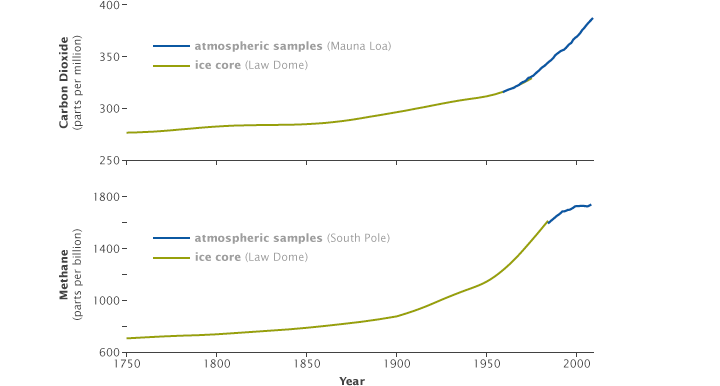
The Original Source: LINK
Effects of Global Warming
Extreme Weather Events
Extreme weather is another effect of global warming. While experiencing some of the hottest summers on record, much of the United States has also been experiencing colder-than-normal winters. Changes in climate can cause the polar jet stream — the boundary between the cold North Pole air and the warm equatorial air — to migrate south, bringing with it cold, Arctic air. This is why some states can have a sudden cold snap or colder-than-normal winter, even during the long-term trend of global warming, Werner explained. Global warming may also lead to extreme weather other than cold or heat extremes. For example, hurricane formations will change. Though this is still a subject of active scientific research, current computer models of the atmosphere indicate that hurricanes are more likely to become less frequent on a global basis, though the hurricanes that do form may be more intense. Lightening is another weather feature that is being affected by global warming. According to a 2014 study, a 50 percent increase in the number of lightning strikes within the United States is expected by 2100 if global temperatures continue to rise. The researchers of the study found a 12 percent increase in lightning activity for every 1.8 degree F (1 degree C) of warming in the atmosphere. The number of extreme weather events that are among the most unusual in the historical record, according to the CEI, has been rising over the last four decades. Scientists project that extreme weather events, such as heat waves, droughts, blizzards and rainstorms will continue to occur more often and with greater intensity due to global warming, according to Climate Central. In addition, because high levels of greenhouse gases are likely to remain in the atmosphere for many years, these changes are expected to last for several decades or longer, according to the U.S. Environmental Protection Agency (EPA).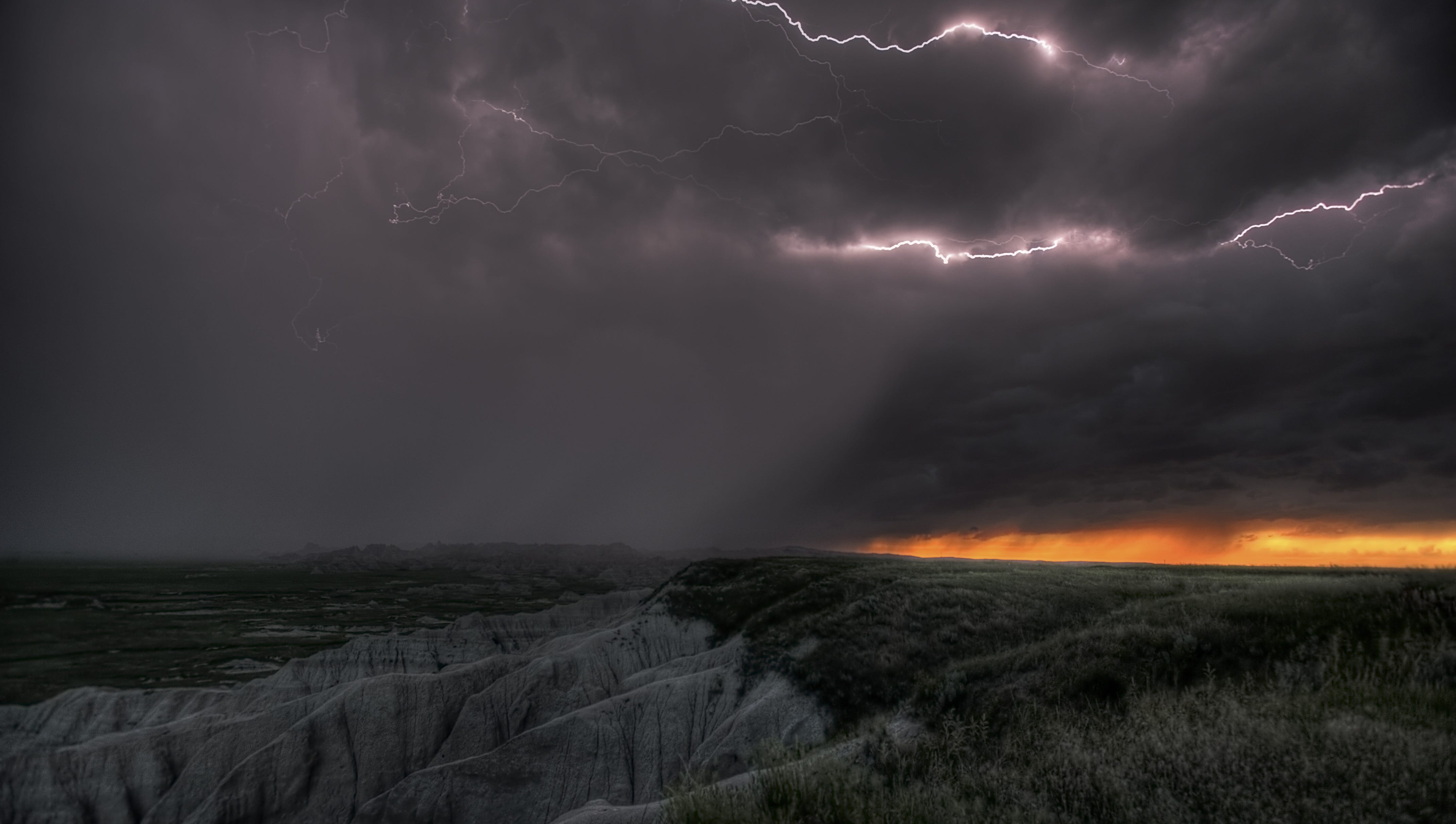
Ice melt
One of the primary manifestations of climate change so far is melt. North America, Europe and Asia have all seen a trend toward less snow cover between 1960 and 2015, according to 2016 research published in the journal Current Climate Change Reports. According to the National Snow and Ice Data Center, there is now 10 percent less permafrost, or permanently frozen ground, in the Northern Hemisphere than there was in the early 1900s. The thawing of permafrost can cause landslides and other sudden land collapses. It can also release long-buried microbes, as in a 2016 case when a cache of buried reindeer carcasses thawed and caused an outbreak of anthrax. One of the most dramatic effects of global warming is the reduction in Arctic sea ice. Sea ice hit record-low extents in both the fall and winter of 2015 and 2016, meaning that at the time when the ice is supposed to be at its peak, it was lagging. The melt means there is less thick sea ice that persists for multiple years. That means less heat is reflected back into the atmosphere by the shiny surface of the ice and more is absorbed by the comparatively darker ocean, creating a feedback loop that causes even more melt, according to NASA’s Operation Ice Bridge.
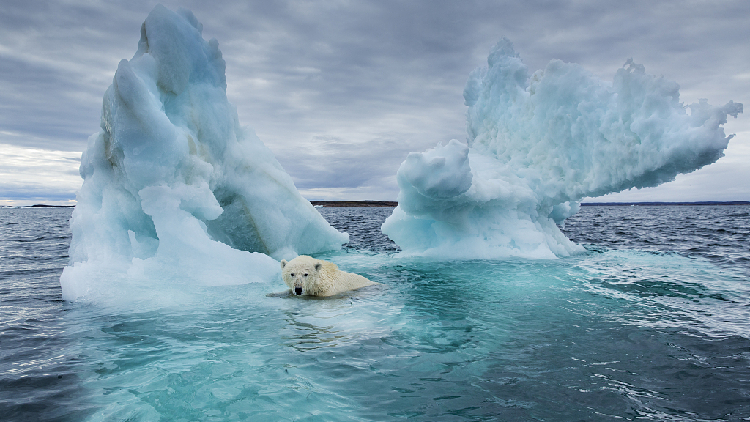
Sea levels and ocean acidification
In general, as ice melts, sea levels rise. In 2014, the World Meteorological Organization reported that sea-level rise accelerated 0.12 inches (3 millimeters) per year on average worldwide. This is around double the average annual rise of 0.07 in. (1.6 mm) in the 20th century. Melting polar ice in the Arctic and Antarctic regions, coupled with melting ice sheets and glaciers across Greenland, North America, South America, Europe and Asia, are expected to raise sea levels significantly. And humans are mostly to blame: In the IPCC report released on Sept. 27, 2013, climate scientists said they are at least 95 percent certain that humans are to blame for warming oceans, rapidly melting ice and rising sea levels, changes that have been observed since the 1950s. Global sea levels have risen about 8 inches since 1870, according to the EPA, and the rate of increase is expected to accelerate in the coming years. If current trends continue, many coastal areas, where roughly half of the Earth’s human population lives, will be inundated. Researchers project that by 2100, average sea levels will be 2.3 feet (.7 meters) higher in New York City, 2.9 feet (0.88 m) higher at Hampton Roads, Virginia, and 3.5 feet (1.06 m) higher at Galveston, Texas, the EPA reports. According to an IPCC report, if greenhouse gas emissions remain unchecked, global sea levels could rise by as much as 3 feet (0.9 meters) by 2100. That estimate is an increase from the estimated 0.9 to 2.7 feet (0.3 to 0.8 meters) that was predicted in the 2007 IPCC report for future sea-level rise.

Plants and animals
The effects of global warming on the Earth’s ecosystems are expected to be profound and widespread. Many species of plants and animals are already moving their range northward or to higher altitudes as a result of warming temperatures, according to a report from the National Academy of Sciences. “They are not just moving north, they are moving from the equator toward the poles. They are quite simply following the range of comfortable temperatures, which is migrating to the poles as the global average temperature warms,”. This becomes a problem when the rate of climate change velocity (how fast a region changes put into a spatial term) is faster than the rate that many organisms can migrate. Because of this, many animals may not be able to compete in the new climate regime and may go extinct. Additionally, migratory birds and insects are now arriving in their summer feeding and nesting grounds several days or weeks earlier than they did in the 20th century, according to the EPA. Warmer temperatures will also expand the range of many disease-causing pathogens that were once confined to tropical and subtropical areas, killing off plant and animal species that formerly were protected from disease. These and other effects of global warming, if left unchecked, will likely contribute to the disappearance of up to one-half of Earth’s plants and one-third of animals from their current range by 2080, according to a 2013 report in the journal Nature Climate Change.

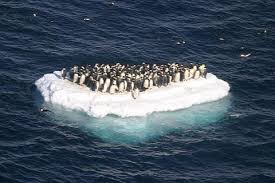

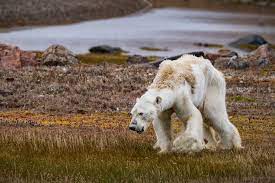
Social effects
As dramatic as the effects of climate change are expected to be on the natural world, the projected changes to human society may be even more devastating. Agricultural systems will likely be dealt a crippling blow. Though growing seasons in some areas will expand, the combined impacts of drought, severe weather, lack of accumulated snowmelt, greater number and diversity of pests, lower groundwater tables and a loss of arable land could cause severe crop failures and livestock shortages worldwide. North Carolina State University also notes that carbon dioxide is affecting plant growth. Though CO2 can increase the growth of plants, the plants may become less nutritious. This loss of food security may, in turn, create havoc in international food markets and could spark famines, food riots, political instability and civil unrest worldwide, according to a number of analyses from sources as diverse as the U.S Department of Defense, the Center for American Progress and the Woodrow Wilson International Center for Scholars. In addition to less nutritious food, the effect of global warming on human health is also expected to be serious. The American Medical Association has reported an increase in mosquito-borne diseases like malaria and dengue fever, as well as a rise in cases of chronic conditions like asthma, most likely as a direct result of global warming. The 2016 outbreak of Zika virus, a mosquito-borne illness, highlighted the dangers of climate change. The disease causes devastating birth defects in fetuses when pregnant women are infected, and climate change could make higher-latitude areas habitable for the mosquitos that spread the disease, experts said. Longer, hotter summers could also lead to the spread of tick-borne illnesses.

The Original Source: LINK
The increase of Greenhouse gases by Humans
Greenhouse gases trap heat and make the planet warmer. Human activities are responsible for almost all of the increase in greenhouse gases in the atmosphere over the last 150 years. The largest source of greenhouse gas emissions from human activities in the United States is from burning fossil fuels for electricity, heat, and transportation. The primary sources of greenhouse gas emissions in the United States are:
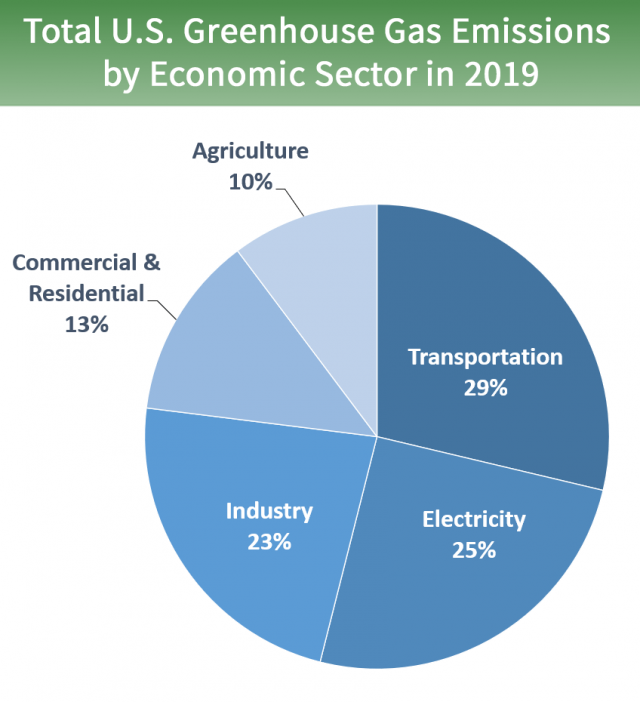
Since 1990, gross U.S. greenhouse gas emissions have increased by 2 percent. From year to year, emissions can rise and fall due to changes in the economy, the price of fuel, and other factors. In 2019, U.S. greenhouse gas emissions decreased compared to 2018 levels. The decrease was primarily in CO2 emissions from fossil fuel combustion which was a result of multiple factors, including a decrease in total energy use and a continued shift from coal to less carbon intensive natural gas and renewables.

The Original Source: LINK
How can we solve global warming?
Here are 10 simple things we can do and how much carbon dioxide we’ll save doing them:
Change a light
Replacing one regular light bulb with a compact fluorescent light bulb will save 150 pounds of carbon dioxide a year.
Drive less
Walk, bike, carpool or take mass transit more often. You’ll save one pound of carbon dioxide for every mile you don’t drive!
Recycle more
You can save 2,400 pounds of carbon dioxide per year by recycling just half of your household waste.
Check your tires
Keeping your tires inflated properly can improve your gas mileage by more than 3 percent. Every gallon of gasoline saved keeps 20 pounds of carbon dioxide out of the atmosphere.
Use less hot water
It takes a lot of energy to heat water. Use less hot water by taking shorter and cooler showers and washing your clothes in cold or warm instead of hot water (more than 500 pounds of carbon dioxide saved per year).
Avoid products with a lot of packaging
You can save 1,200 pounds of carbon dioxide if you reduce your garbage by 10 percent.
Adjust your thermostat
Moving your thermostat down just 2 degrees in winter and up 2 degrees in summer could save about 2,000 pounds of carbon dioxide a year.
Plant a tree
A single tree will absorb one ton of carbon dioxide over its lifetime.
Turn off electronic devices
Simply turning off your television, DVD player, stereo, and computer, when you’re not using them, will save you thousands of pounds of carbon dioxide a year.
My own narrative
I was born and raised in Afghanistan, a country with full of high mountains. Afghanistan has four seasons; spring, summer, autumn and winter. The largest part of the country has a dry continental climate with hot summers and cold winters. In parts of the lowlands, especially in southern and eastern Afghanistan, the summer temperature can rise to 50⁰C, but stays around 20⁰C in the winter. In mountainous areas, winter temperatures may dip to -25⁰C. In the higher mountain areas winter temperatures may even be considerably lower than that. Extensive snowfall is experienced in parts of the mountain region in the winter and many communities are isolated from the outside world for up to 4 months. Irrigated agriculture is largely dependent on their being enough snow in the mountains to melt in the spring. In many places, irrigated agriculture is totally dependent on sufficient snow in the mountains. In the lowlands rain falls mainly in the autumn and at the beginning of the year. The spring rains are of great importance to agriculture. Enough rain at the right time of year is a prerequisite for the rain-fed agriculture system (called Lalmi) that dominates northern Afghanistan. At that time as a little kid and teenager, I really did not care about climate and also never thought about it. When we moved to Kabul (The Capital of Afghanistan), I experienced a very different weather. In the evening the air was unbreathable. I remember, that I was watching outside from the window and the weather was horrible. The pollution starts in the evening and ends in the morning. It is extremely horrible. Well, after we moved to Germany, I noticed something and It was the weather. Germany has a temperate climate throughout the country with warm summers and cold winters, however long periods of frost or snow are rare. Rain falls throughout the year. The average monthly January daytime temperature is 3 degrees Celsius (38 degrees Fahrenheit) and in July it’s 22 degrees Celsius (72 degrees Fahrenheit). Extremes temperatures sometimes reach -10° C (5°F) in winter and 35° C (95° F) in summer months. Anyways, to my opinion Germany has a very good weather, however it has a short summer. In Germany I became familiar with the words Climate Change. At first I ignored it, but later we has a topic, we watched a video and I became so curious about it. I started to research and I found a lot of information. Then I compared Germany and Afghanistan, that they have a huge difference especially about the Weather. The people of Afghanistan really do not care about the weather, they just want to survive and one of the reason is the Civil War. Then, we moved to USA. We came in the USA in the end of the March, and the weather was extremely cold and it had very heavy and cold winds. And the next couple days were very warm. I was very surprised and now in June I am experiencing the heat. I have never experienced so warm summer in my entire life. I am excited about winter, how cold would it be? to be honest, last time I saw snow was back in 2017, in Germany. As an adult I care about Earth, it is our only home. We have to take care of it not destroy it. We have to make it a better place for our future posterity. We must also care about the plants and animals. We are destroying their home. Because of climate change they had to move somewhere else, to find a good temperature. We have to pay attention to the polar bears, the ice is melting. So my questions are how much do you care about you only home? What will do to prevent the climate change? We are so busy that we forgot about our only home.
Is it too late to prevent climate change?
How might Earth’s atmosphere, land, and ocean systems respond to changes in carbon dioxide over time?
How do scientists deal with these changes?
